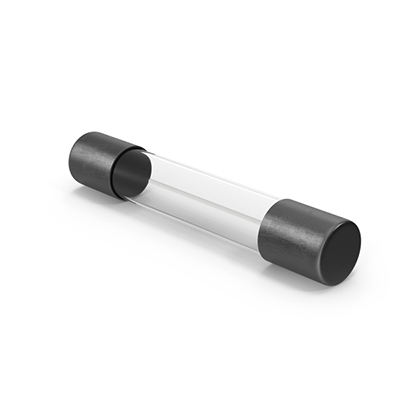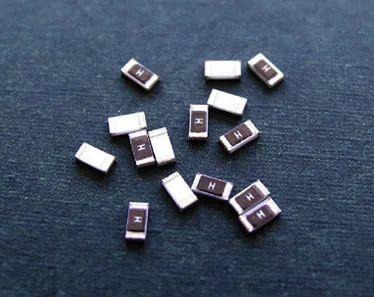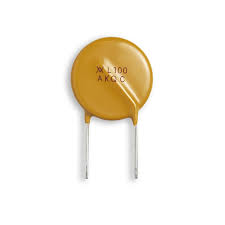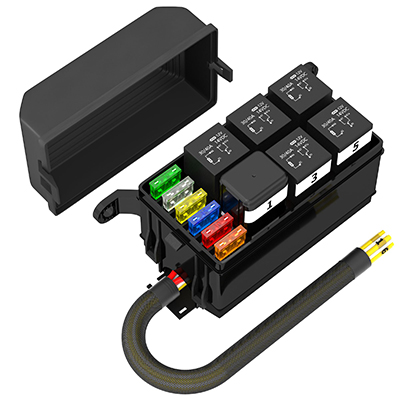Optimizing Electrical Safety in Vehicles with OEM Quality Automotive Current Fuses
News 2025-10-24
Automotive current fuses are essential for protecting vehicle electrical systems from overcurrent and short circuits, which can cause significant damage or safety hazards. OEM quality means these fuses are manufactured to meet strict standards set by original equipment makers, ensuring superior compatibility, durability, and performance in modern vehicles with complex electronics. This approach minimizes risks and supports the reliable operation of critical systems, making it a key consideration for automotive professionals and enthusiasts alike.

Application Scenarios
OEM quality automotive current fuses serve in diverse applications across vehicle types. In internal combustion engines, they safeguard engine control units and sensors from surges during operation. For electric vehicles, these fuses are vital in battery management systems to handle high-voltage circuits safely. They also protect lighting, infotainment, and power accessories, ensuring consistent functionality in everyday driving conditions and extreme environments like off-road or high-speed scenarios.
Performance Advantages
These fuses deliver key benefits through precise engineering and material selection. They offer rapid response to faults, interrupting current quickly to limit damage while maintaining accuracy in rated capacities. Built to withstand automotive stresses such as temperature variations and vibrations, OEM fuses provide long-term reliability and reduce the likelihood of premature failures. Their design ensures seamless integration with vehicle systems, enhancing overall efficiency and safety without compromising on performance.
Frequently Asked Questions
1. What is an automotive current fuse?
It is a safety device that breaks an electrical circuit when current exceeds safe levels, protecting components from damage.
2. Why choose OEM quality fuses?
OEM fuses meet specific vehicle standards for better compatibility and reliability, reducing failure risks compared to generic alternatives.
3. How do I check if a fuse is blown?
Inspect the fuse visually for a broken wire or use a multimeter to test continuity across its terminals.


